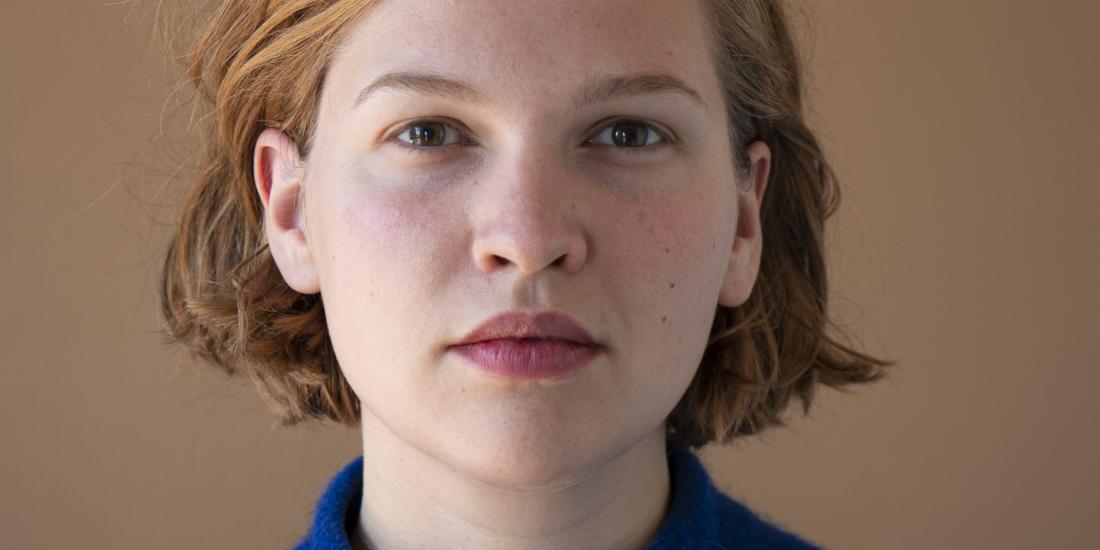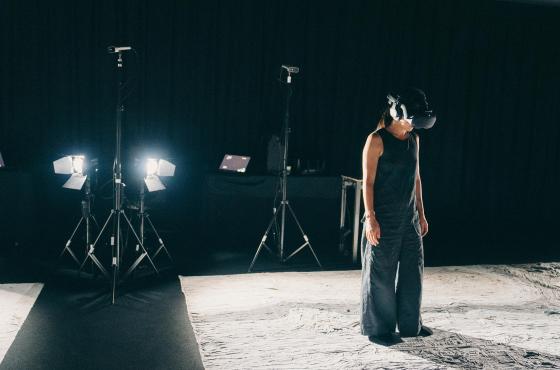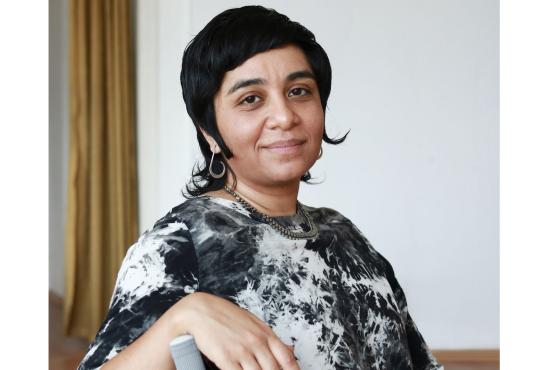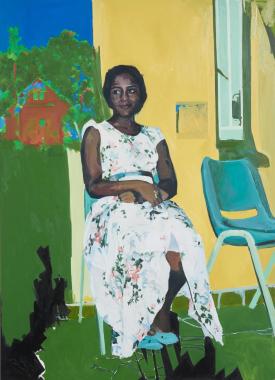Celine Daemen is a director of transdisciplinary art – working at the intersection of film, theatre, music and technology. After graduating from Maastricht’s Institute of Performing Arts in 2018, she created several immersive works. For her latest, Songs for a Passerby, she received the Grand Prize for the best immersive experience at the 2023 Venice Biennale – a year after having been awarded the Reflet D’Or for the best immersive experience at the Geneva International Film Festival for Eurydice.
Thematically, questions on ‘being’ are central to her work. Daemen creates sensory experiences that invite the audience to gaze inwards. This journey inwards takes them to a place where personal associations arise in response to universal philosophical questions.
While Virtual Reality has also steadily become a, well, reality in the art world, it’s safe to say most people still associate it with videogames and tech companies. So why VR? What attracted you to it as an artist?
Daemen: “It all started in theatre school, really, where I experimented with the idea of building different roles and personas. I quickly realised though that, in classical theatre, there’s too much of a gap with the audience. I never felt like it was the thing for me. So I searched for ways to offer people an experience they’re actually part of. Bottomline, I’m interested in the idea of immersion. And VR is an interesting tool to further explore that. So maybe you shouldn’t label me as a VR artist. Immersion is what my work is really all about.”
So how immersive is Songs for a Passerby, with which you won the Immersive Grand Prize at the Venice Film Festival?
Daemen: “I call it a VR opera, a dream-like experience. It takes place in a dark cityscape, in which you are led by a little dog. You follow the dog around – in the street, in the subway – and you walk into several scenes, in which you listen to people’s thoughts. At some point, you’ll see yourself in a mirror – due to some 3D cameras – and become a spectator of your own body. You have a kind of out-of-body experience. So it’s more of an explorative experience than an interactive one. You are not forced to go anywhere. Even though, as a spectator, you do have agency about how the journey develops.”
What inspires you when making a dream-like experience like this?
Daemen: “I get inspiration from cinema. And from opera. And music. The whole atmosphere of this film (including the sound) is influenced by Andrei Tarkovsky. Mind you, the presence of darkness, clouds and fog is also inspired by Chantal Akerman’s Les rendez-vous d’Anna. I love the melancholic vibe she created in that film.”
Winning the Venice Immersive Grand Prize, what does that do for you as an artist?
Daemen: “We formed our collective, Studio Nergens, two years ago and we had already worked on some big projects – so before I won that prize. Of course, it’s a huge validation of our work, and it’s absolutely fantastic to hold a Venice Lion in your hands. It also helps convincing partners and financiers to work with you. In fact, we already have quite a number of projects lined up in 2025 and 2026.”
How do you think VR will evolve?
Daemen: “That really depends on the tech industry’s investment – a lot. We need them to invest in the development of technologies to continue our creative work in the field. But what’s already quite interesting is that immersive media are not just about wearing a VR headset in the comfort of your own home anymore. You can also experience them in museums and galleries, and that’s an amazing reach-out. So I really do hope more people will be getting involved in immersive art in the future.”









